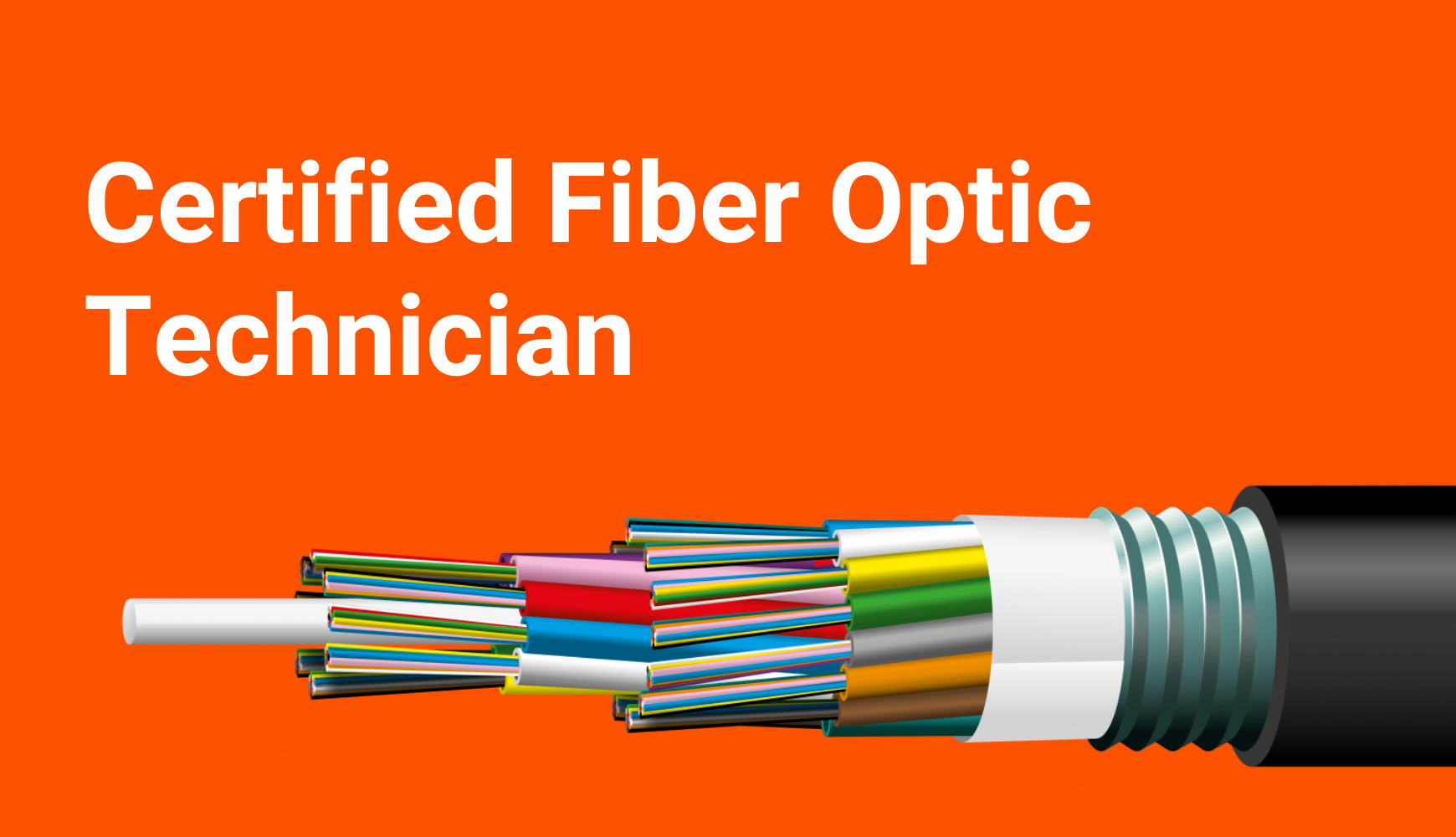Introduction
Fiber optic cables are widely used in telecommunications and networking due to their superior bandwidth and data transfer capabilities. However, in order to get the most out of these cables, it is essential to properly splice and terminate them. In this article, we will provide a step-by-step guide to splicing and terminating fiber optic cables.
Step 1: Gather the Necessary Tools and Equipment
Before you begin, it is important to have all the necessary tools and equipment on hand. This includes fiber optic cables, fiber optic splicing machine, fiber optic cleaver, fiber optic termination kit, fiber optic connectors, and fiber optic cleaning supplies.
Step 2: Prepare the Cables for Splicing
Start by stripping off the outer sheath of the cables using a fiber optic stripper. This will expose the fibers inside. Next, clean the fibers using a lint-free cloth and isopropyl alcohol. Once the fibers are clean, cleave them using a fiber optic cleaver. This will create a flat end on each fiber, which is essential for splicing.
Step 3: Splice the Fibers
Using a fiber optic splicing machine, align the cleaved fibers and splice them together. The splicing machine will fuse the fibers together using heat, creating a strong and permanent bond. Be sure to follow the manufacturer’s instructions carefully and make sure the fibers are properly aligned before splicing.
Step 4: Terminate the Fibers
After splicing the fibers, it is time to terminate them. This involves attaching fiber optic connectors to the fibers to enable them to be connected to other devices. Use a fiber optic termination kit to attach the connectors to the fibers. Again, follow the manufacturer’s instructions carefully and make sure the connectors are properly aligned before attaching them.
Step 5: Test the Connection
Once the fibers have been spliced and terminated, it is important to test the connection to ensure it is working properly. Use a fiber optic power meter to measure the strength of the signal and a fiber optic visual fault locator to check for any defects in the connection.
Conclusion
By following these steps, you can ensure that your fiber optic cables are properly spliced and terminated, resulting in a strong and reliable connection. Remember to always follow manufacturer’s instructions carefully and use the proper tools and equipment to avoid damaging the cables.
